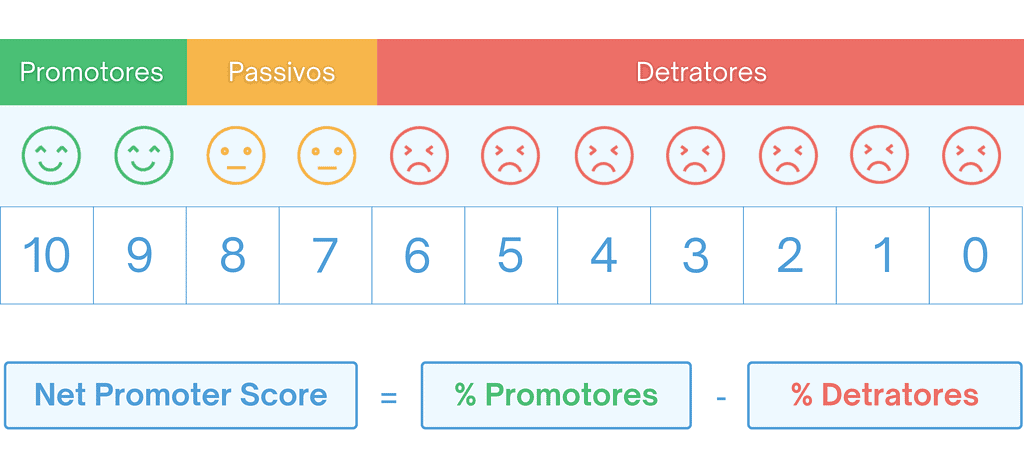If you want to retain more customers and increase customer lifetime value, it is essential to keep customer satisfaction high. Otherwise, customers will not hesitate to switch to a competitor that offers better prices, better product options and better customer service interactions.
Customer satisfaction is a fundamental concept to understand, especially if you’re a customer experience professional, a salesperson or a marketing specialist. It may sound simple, but it’s about more than a money-back guarantee: it’s about the entire customer experience.
This article will define what customer satisfaction is, explain why it is important and describe the benefits that understanding customer satisfaction can bring to your business.
1. What is customer satisfaction?
Customer satisfaction (CSAT) is a metric used to quantify the degree to which a customer is satisfied with a product, service or experience related to your business. This metric is calculated through customer satisfaction surveys that ask how a customer feels about their experience, with responses ranging from “very dissatisfied” to “very satisfied”.
Customer satisfaction takes into account several facets of the customer experience, such as:
- Product availability.
- The purchasing process.
- Steps after purchase.
- The responsiveness of the team in solving problems.
2. Why is customer satisfaction important?
Customer satisfaction is important because it helps you solve problems, avoid churn and identify happy customers who can become your biggest advocates. It is an essential step in the process of building customer loyalty, creating customer delight and generating positive word-of-mouth.
If you don’t measure customer satisfaction, you can’t identify unhappy customers who might abandon or leave negative customer reviews. Nor can you identify happy customers who might be referrals for new customers. Finally, you can’t predict, prevent and proactively plan to avoid customer churn without metrics to analyze.

3. Benefits of customer satisfaction
3.1. It allows you to understand where you excel.
By tracking and measuring customer satisfaction, you can understand what your business does well and, therefore, continue to do so.
Growing businesses prioritize customer success, and an essential way to identify satisfied customers is through customer feedback.
Read more about: How to leverage Google reviews to sell more
The results will let you know who these customers are and what you are doing to make them happy with your brand. Once you have this information, you can continue to do the things they like in hopes of inspiring customer retention, and reap the following benefits:
- It is cheaper to retain an existing customer than to acquire a new one.
- Loyal customers spend more.
- Satisfied customers engage in word-of-mouth marketing to acquire new customers.
3.2. It helps you understand where you can improve.
Where does the company fall short? Customer satisfaction gaps can help you discover where you can improve in your customer service strategy.
If you don’t understand why your customers are unhappy, you can’t make changes to your products or services that make them happy and align with the experiences they want.
Be sure to send out customer satisfaction surveys, analyze the results and act on negative customer feedback. This is especially important if the feedback is hard to hear, as it will help you make sure you take action to avoid churn, negative reviews on your product pages or social media, or negative word-of-mouth reviews to family and friends.
3.3. It leads to greater customer loyalty and advocacy.
If your business has positive customer satisfaction, then you have customers who are loyal to your brand. These customers will refer new potential customers to your company and generate more testimonials for your marketing team. You can create customer advocacy programs for these users and encourage them to advertise on behalf of your company.
Customer advocacy programs reward customers for referring your business to potential customers. Customers receive incentives for joining the program and then receive free gifts or offers in exchange for reviews and testimonials. This creates a mutually beneficial relationship that rewards your best customers and keeps them loyal.
3.4. Increases customer retention and reduces churn.
It should come as no surprise that the happier your customers are, the better your customer retention will be. After all, satisfied customers won’t have much reason to turn to a competitor, as long as you keep them satisfied. On the other hand, dissatisfied customers will have plenty of reasons to leave, and it will be up to your team to convince them otherwise.
3.5. Prolongs customer lifetime value
Customer lifetime value (CLTV) refers to the expected profit you can make from a single customer for as long as they remain in your business.
If a customer is dissatisfied with your products and services, it is likely that he will never return to your business after the initial purchase. The lifetime value of that customer is low, so you would lose out on potential revenue opportunities.
However, if your customers are satisfied, they are likely to stay with your business longer, making repeat purchases and generating increased profits.
Remember, to improve your online presence and stand out on Google and Google Maps, having a review and customer experience management strategy can make all the difference. You can count on RAY, a comprehensive solution that can help you improve your Google reviews, rank high in search results and provide an exceptional customer experience.
4. Keep learning with these articles
Hopefully, by now you have a solid understanding of what customer satisfaction is and what its benefits are, you can continue reading more articles that will help your brand or business on our Blog.
